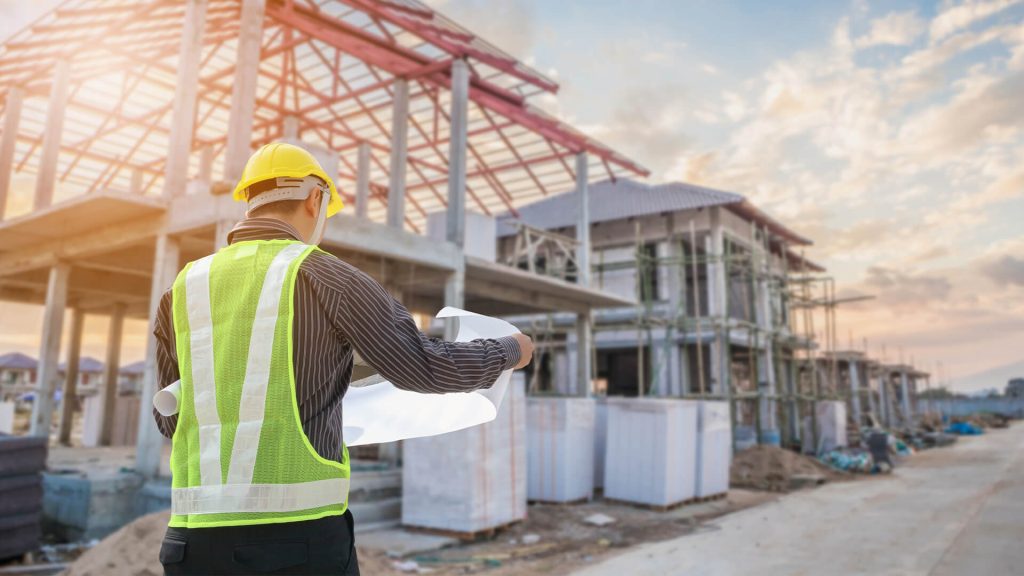In a time exactly where environment awareness is key, the very idea of building energy-efficient homes has changed from the trend to your basic need. Past the traditional ‘green’ strategy, understanding the art of creating an energy-efficient home requires a complete knowledge of sustainable technologies, smart design principles, and persistence for decreasing the carbon dioxide footprint. In the reasons for an energy-efficient home lies strategic design and planning. Architects and builders are now adopting principles of inactive design, which optimize organic warming and cooling elements to minimize reliance on technical systems. Orienting the home to capture sun rays, adding thermal size, and refining air flow are essential components of this strategy. These design strategies not just bring about power savings but additionally improve the general comfort and livability of your home. Selecting eco-friendly materials is an additional crucial part of building energy-efficient home. You will find expanding concentrate on advanced technologies like aerogel insulating material and phase-change materials.

These improvements provide superior insulation, decreasing the need to have for abnormal heating or cooling. Furthermore, sustainable hardwood alternatives, for example bamboo and reclaimed hardwood, are gathering popularity for their green and low-affect attributes. Including sustainable energy sources can be a basis of energy-efficient home construction. Solar powered panels, wind turbines, and geothermal systems are available and expense-successful choices. Improvements in solar power technology have resulted in more effective and great looking solar energy panels, leading them to be a beautiful feature for eco-aware homeowners. Moreover, passivhaus construction melbourne enable for the smart syndication and storage of energy, optimizing consumption and minimizing waste materials. Smart home technology has a critical role in energy-efficient homes, providing homeowners with genuine-time data and control above their power consumption. Smart thermostats, lighting systems, and home appliances can be programmed to function at maximum productivity, modifying configurations based on occupancy and additional situations. The integration of man-made intelligence allows these systems to learn from user conduct, refining energy utilization for greatest effectiveness.
Water preservation is undoubtedly an frequently disregarded but crucial aspect of energy-efficient home design. Implementing reduced-circulation fittings, rainwater harvesting systems, and efficient irrigation techniques contribute to general useful resource preservation. The home builders additional improve sustainability by reusing drinking water from showers and sinks for no-potable purposes, decreasing reliance on freshwater places. It can be imperative to embrace a holistic technique that takes into consideration the entire life routine of the building. This consists of not just the construction stage but the on-going maintenance and ultimate deconstruction. Sustainable landscaping, areas, and accountable waste materials management procedures all be a factor in minimizing the ecological effect of your home through its life-span. Beyond the standard notion of ‘green’ building, understanding the art of building an energy-efficient home involves a harmonious blend of thoughtful design, impressive materials, renewable power incorporation, smart technology, as well as a resolve for sustainable methods. Since the demand for homes keeps rising, embracing these principles ensures that homes of the future are not only energy-efficient but secure, inexpensive, and environmentally friendly.

